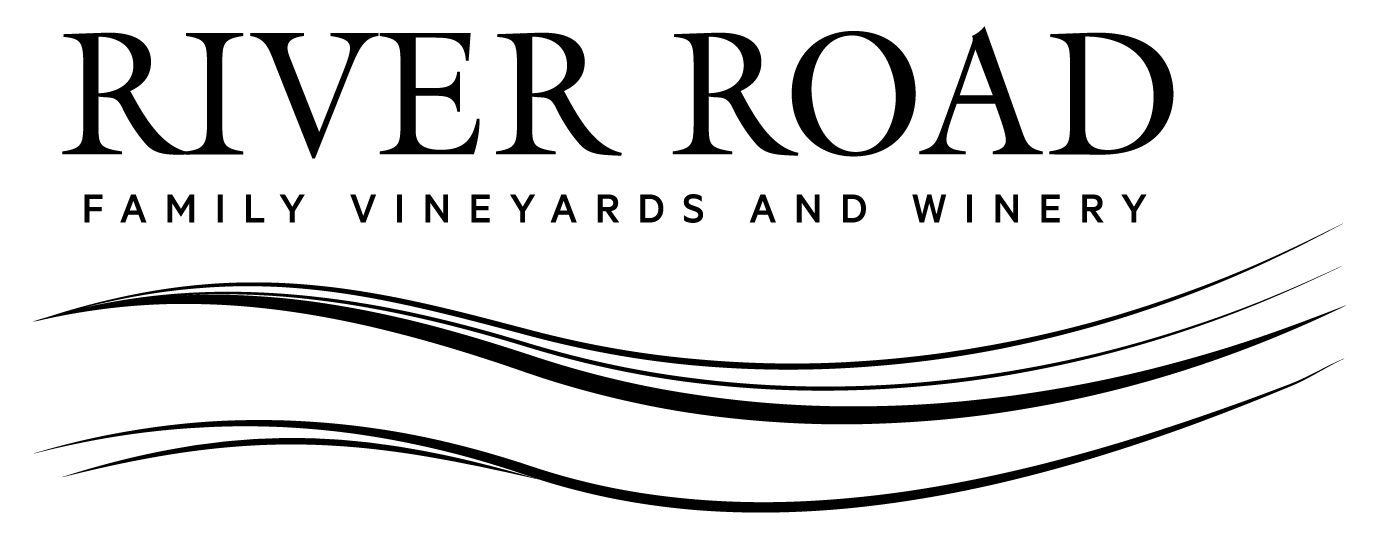2022 Vintage; OFFICIALLY CLOSED
I’m relieved to report that the 2022 vintage is in the books. Our last fermentations have finished, and all our new vintage wines are either resting in tanks or barrels. This harvest will be remembered as fast paced and dramatic, with different challenges presented to us by mother nature. From a record-breaking heat wave to early season rain and even a small local earthquake thrown in, their seemed to be no shortage of challenges we faced this vintage. 2022 was my thirteenth harvest and will be one of the most memorable. One thing I love about winemaking is that every vintage is different and unique. I’m happy with all the wines so far, happy wines make happy winemakers!
 French Oak barrels filled with 2022 Pinot Noir
French Oak barrels filled with 2022 Pinot Noir
2022 Yields
As harvest is winding down all over Sonoma County, one thing everybody is talking about is the lower yields we saw in some vineyards this year. There are a few different reasons for this. The one that affected everyone is the drought that we are experiencing in the state. Grape bud fruitfulness is actually determined in the spring of the previous year. So, a dry spring in 2021 affected the vines’ ability to produce fruit this year by stunting the growth of the canopy. The lack of water also caused nutrient deficiencies. Nitrogen and potassium are available in the top eighteen inches of soil. Soil needs water to carry these nutrients down to the roots. So, in some cases the lack of water affected the vines’ ability to take up the needed nutrients. Then add in the damaging frost season throughout the west coast, frost damage causes the “primary” bud to be killed off and if the vine is able to recover it will then produce grapes from a “secondary” bud site which typically can be less fruitful. These are just a few conditions that led to some vineyards yields to be far below average.
 As we enter fall, the vineyard leaves change color and drop to the ground, note the greener leaves on the Chardonnay in the middle of the vineyard, they take longer to drop than the Pinot
As we enter fall, the vineyard leaves change color and drop to the ground, note the greener leaves on the Chardonnay in the middle of the vineyard, they take longer to drop than the Pinot
Vineyard Update
We are working to recharge our soil to set up our vines to have plenty of nutrients for the next growing season. We need to add fertilizer to the soil this time of year to amend any deficiencies. One reason to do it now is to take advantage of the rainy season. Rainwater will bring the fertilizer down to the lower roots zone. To recharge the soil, we take a multi-pronged approach. We add a targeted blend liquid fertilizer through the drip irrigation system. In addition, we also plant a cover crop in between the vine rows which contributes to better soil structure, increases organic content with nutrients and greatly improves the water-holding capacity of the soil which could lead to less irritation next year. The last thing we do is spread compost. Compost is a natural way to add a wide range of macro and micronutrients. Compost can be considered a complete fertilizer, adding all the needed nutritional components. Grape growing is a year-round task and diligence is paid off in great wine!
 The cover crop is already starting to grow, you can see here the compost that was applied
The cover crop is already starting to grow, you can see here the compost that was applied
 Fertilizer being applied through the drip system in the vineyard
Fertilizer being applied through the drip system in the vineyard
On behalf of the entire team here at Ron Rubin Winery, we wish you all continued good health!
Be well,




